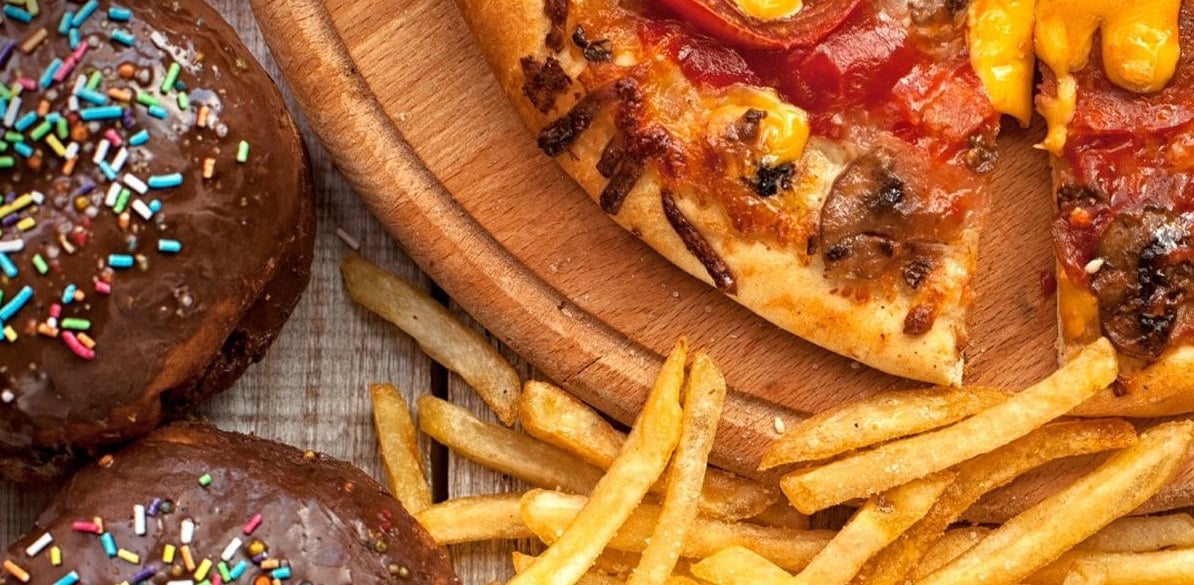Gastroesophageal reflux disease and driving

GERD is the result of pathological GER, and it is estimated that 5-10% of the adult population show daily symptoms indicating GERD.
GERD is a frequent disorder that accounts for nearly 75% of the pathological disorders of the esophagus, and it is caused by LES incompetence causing regurgitation of acid material.
It is a chronic disease with poor association between the magnitude of GER, degree of inflammation of the esophageal mucosal membrane and the clinical manifestations.
The characteristic symptom is pyrosis, with or without regurgitation of the gastric content to the mouth, that appears mainly after meals and can occur at night.
The most frequent complications of GERD are esophagitis, peptic stenosis of the esophagus, esophageal ulcer, and Barrett’s esophagus.
Patients with GERD can have atypical symptoms such as chest pain, laryngitis, pharyngitis, chronic cough, asthma, caries, pulmonary symptoms, cervical pain, hiccup, sleep apnea, etc.
Patients suffering persistent night cough, laryngitis, or episodes of sleep apnea do not rest adequately, and are sleepy drivers, with loss of attention and concentration, and risk of accident.
More than a half of the group of patients with GERD do not present injuries in the esophagus, though they show frequent, severe symptoms. As a result, the impact on the quality of life is similar in erosive and non-erosive GERD.
Symptomatic esophagitis causes odynophagia and sometimes bleeding. The peptic ulcer of the esophagus causes retrosternal pain, heals slowly, usually relapses, can bleed, and usually leaves stenosis after healing that causes progressive dysphagia for solids.
Patients with frequent, persistent symptoms or complications visit the clinic.
On the other hand, many regard their symptoms as somewhat relatively normal and self-medicate to obtain a better quality of life.
The objectives of the treatment of GERD are the disappearance of the symptoms, healing of the existing esophageal injuries and preventing recurrences.
The general measures are based on postural and diet advice that reduce the presence of acid in the esophagus, distributing meals along the day, and that these are balanced.
It is recommended to avoid overweight, epigastric pressure from girdles, and tight clothes, stooping down abruptly, or lying down with legs up.
It is not advisable to go to bed immediately after eating, and it is recommended to raise the head of the bed.
Avoid carbonic beverages and foods enhancing acid secretion such as coffee, alcohol, fats, garlic, chocolate, cola beverages, or tea, mint and spicy food.
Smoking is not advisable, tobacco reduces LES competence and enhances carcinoma of the esophagus; in addition, it interferes with driving taking away attention and polluting the air inside the car.
Some drugs including anticholinergics, xanthines, dopamine, anxiolytics, antidepressants, nitrates, calcium antagonists, beta-adrenergic agonists, alpha-adrenergic antagonists, hormone-based contraceptives, and prostaglandin E.
As pyrosis is a very frequent, uncomfortable symptom, the patient easily self-medicates, trying to relieve promptly his symptoms.
In GERD, motor disorders prevail and this justifies the use of prokinetics, with good results.
Nevertheless, proton pump inhibitors (PPI) are the drugs of choice for the treatment of GERD in all its forms, regardless of the absence of esophagitis.
As it is chronic, relapsing disease, the need for treatment occurs in most cases on the long term, though, in young patients, surgery is a good alternative to medical maintenance therapy and has a similar efficacy.
Advice on Gastroesophageal reflux disease
- Patients with GERD should not drive immediately after eating.
- During journeys, stops must be made more frequently than usual, having very light meals without digestive system irritants, or carbonic beverages.
- It is not recommended to drive with tight clothes.
- Smoking is not recommended, as it worsens GERD, distracts the driver, and reduces oxygen inside the car.
- Do not forget the medication prescribed by the physician. If despite it, symptoms making driving uncomfortable arise, stop, without hindering traffic, walk relaxed and, when symptoms disappear, restart driving.
- With esophageal peptic ulcer recently diagnosed, rest is recommended and not driving until the physician gives a favorable report for it.
- With odynophagia or bleeding of esophageal origin, even if minor, the patient cannot drive. When the condition is cured, driving can be resumed, always with a favorable medical report for it.
